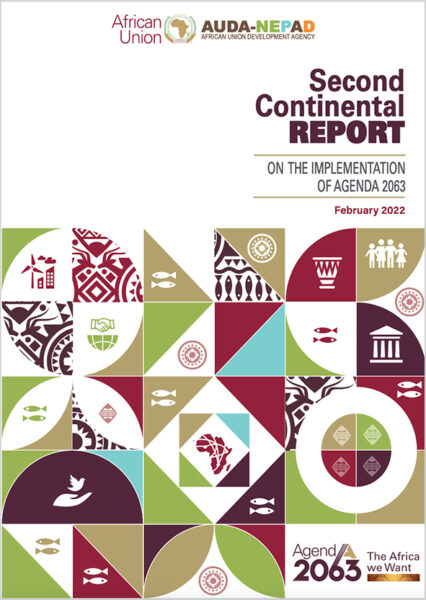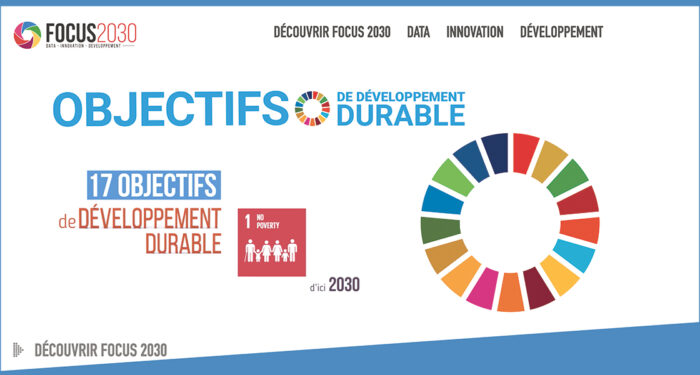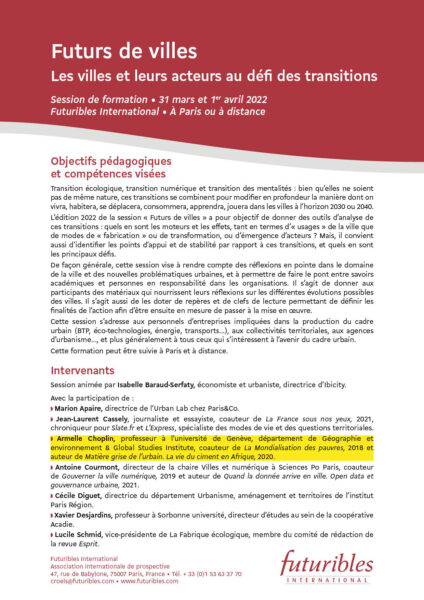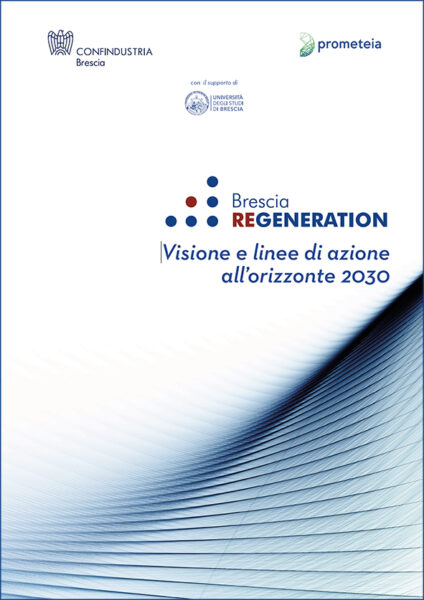At the very beginning of the economic crisis of 2008, Jean-Raphaël Chaponnière wrote in these pages that economic developments, combined with demographic trends, presaged a –probably sustained– shift of the world economy’s centre of gravity towards Asia (no. 347). Seven years later, with the crisis still ongoing in most of the major industrialized countries, this shift towards Asia is now virtually beyond dispute. The 21st century will probably be an Asian century, as is borne out by Chaponnière and Lautier’s article.
After recalling the demographic prospects for Eastern and South Asia, the authors stress the influence of ageing on Chinese economic growth and the uncertainties over the economic impacts of demographic transition in South-East Asia. They then offer an analysis of regional economic prospects within a global context, with a possible Chinese crisis in the short term (though with limited consequences for the rest of the world) and uncertainties in the medium term (the “medium income trap”, risks associated with changes in the agricultural sector, the structure of the Asian economies etc.), both of these as consequences of a potential “secular stagnation”. Yet, even if it slows, the economic growth of emergent Asia, based more on consumption and services, is set to remain higher than that of the advanced countries up to 2050, and the Asian continent should remain at the heart of the world economy. While not ruling out the danger of geopolitical upheavals, Chaponnière and Lautier draw attention to the future challenges facing Asia as a result of the effects of economic and demographic growth on the environment and of the tensions inherent in the social inequalities that have developed there.



